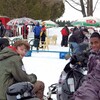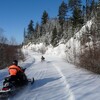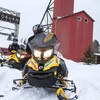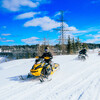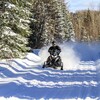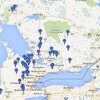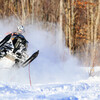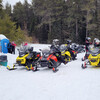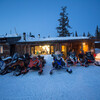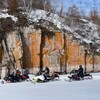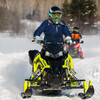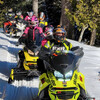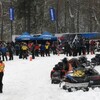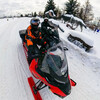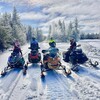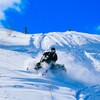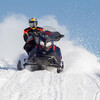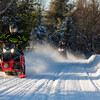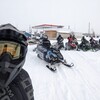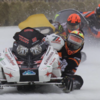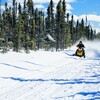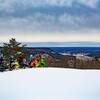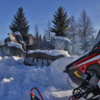
Cold Snap in Ontario! Are You and Your Sled Ready for Multi-Day Snow Adventures?
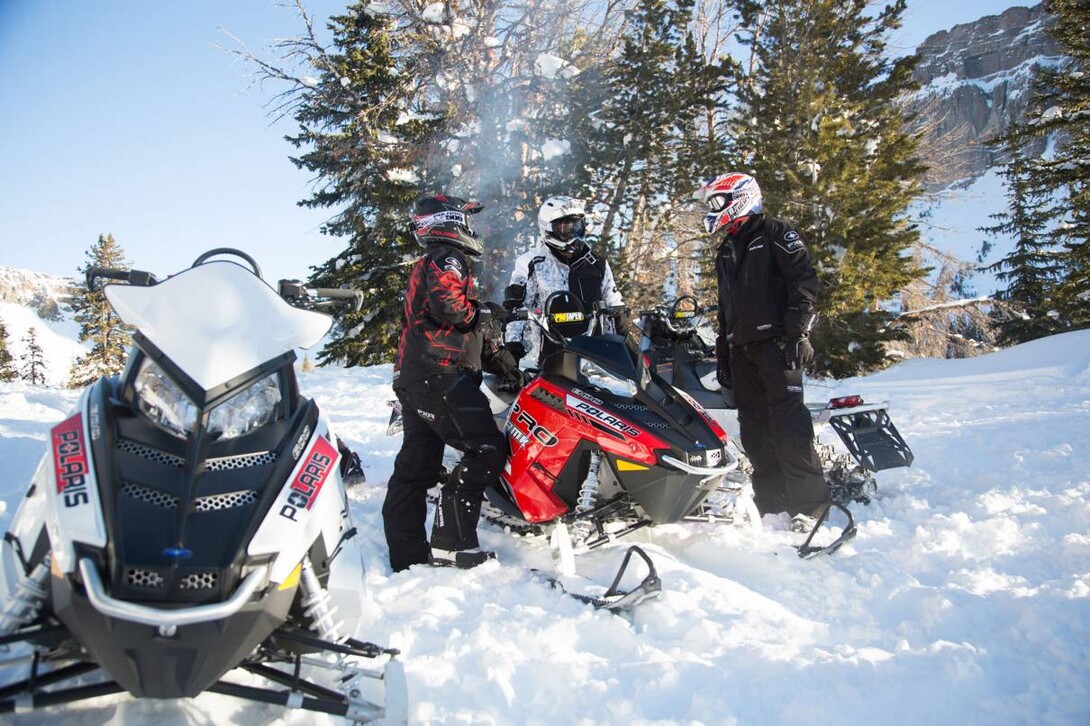

Over the years, I've toured all over Ontario's North, from Sudbury north to Cochrane and Sault Ste Marie north to Hearst. All of these northern destinations can be much colder than their southern counterparts. The best way to enjoy your northern sled trip is to be prepared for the possibility of extreme cold. When travelling in the North, dress in layers and prepared for very cold temperatures—it's often -40 C in the mornings!
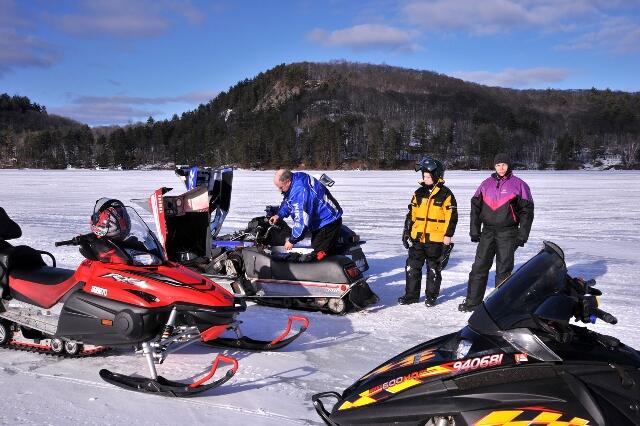
Here is what northern sled dealers had to say… First off, mechanical breakdowns do happen occasionally, but most calls are for recovery or to repair collision damage. Snowmobilers that go off the trail may hit rocks, stumps or other things that can cause damage. This happens frequently, probably more often than you would think. There are other considerations in poor snow conditions, with obstacles protruding on the trails that often cause collision damage. The best things to do are to always ride in control, and watch your speed on and off trail!
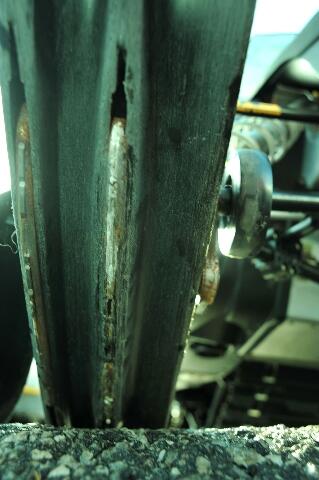
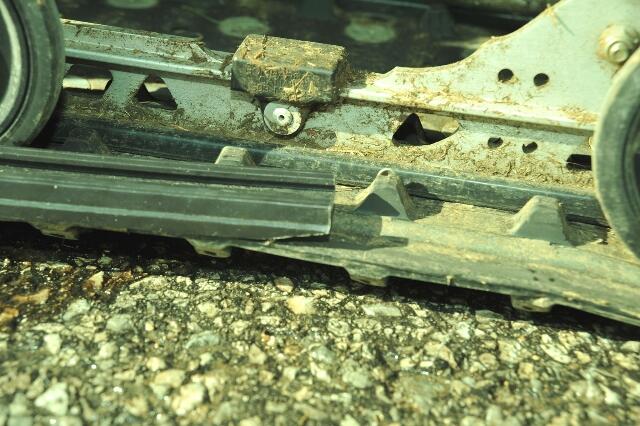
A number of dealers all had the same advice: make sure that you start out with good carbides on your skis, and that they're in good condition. Another obvious check that is often over-looked is the track condition—there's no point starting a big trip with a faulty track.
Another basic point to keep in mind is proper pre-season servicing. There are several problems that can arise when a sled has not been properly stored during the off-season. Before you take your big ride, make sure that you have done your maiden voyage first to work out any kinks and make sure that your sled is running properly. You'll definitely want to avoid any major breakdowns on a multi-day trip—it can change a good time into a real drag in a hurry.
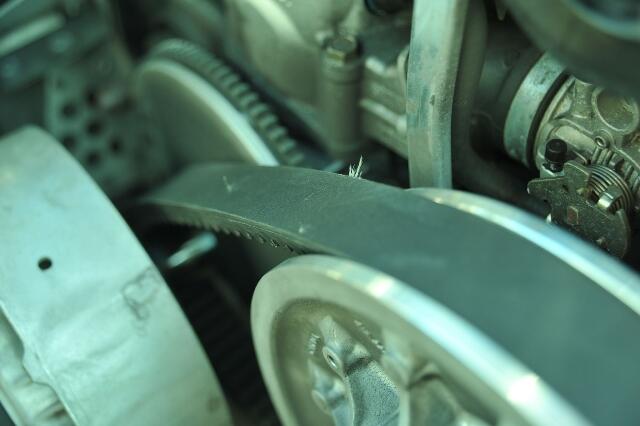
During a big multi-day ride, snowmobilers that are passing through often buy spare belts and spark plugs to replace the ones that they've just been relying on out on the trails—carrying a few spares is always a good idea. Some people also like to buy OEM oil to maintain the consistency of the oil product that's been running through their machines, which I've always found to be a good idea.
Something that most southerners often don't think about is lid choice. Northern dealers are often amazed by how many helmets and heated visors they sell every year. Southerners often travel with an open face helmet because they're acclimatized to the warmer conditions in the south. These riders are frequently surprised by just how cold the north really is, especially in the mornings. Touring the north requires a good helmet that works well in very cold temperatures—be prepared for the extreme cold with lots of layers.
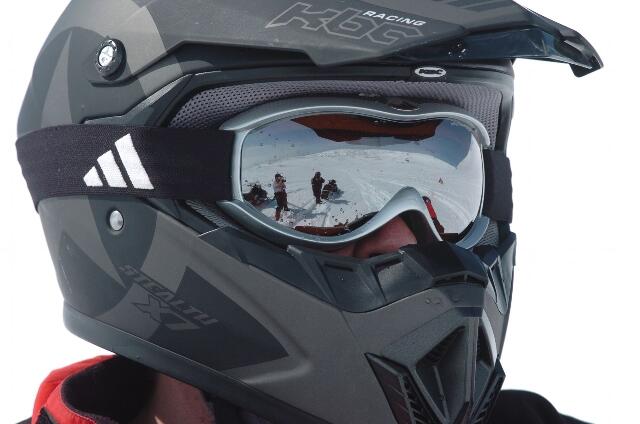
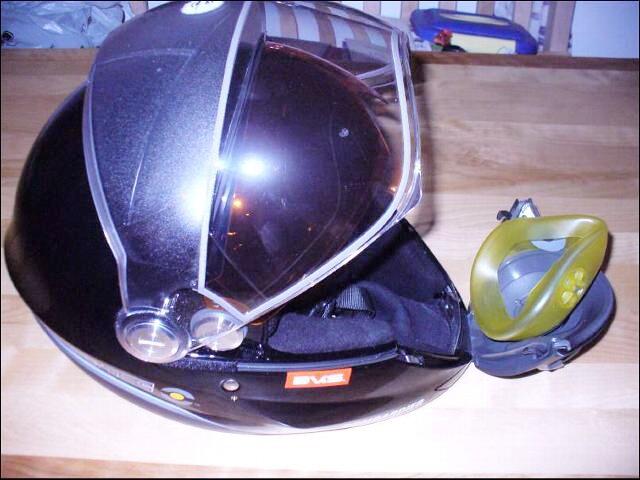
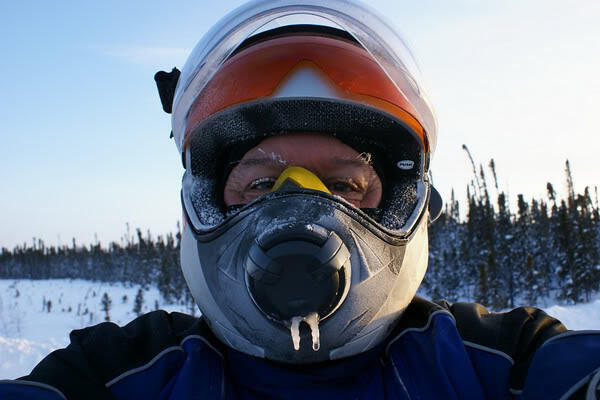
Preparation is key both for yourself and your sled—having everything in good condition for a multi-day trip will ensure that you and your riding partners have a great time… after all, this is what sledding northern Ontario is all about!
Recommended Articles

Snowmobiling Winter Weather Forecast 2024-2025
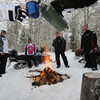
The Complete List of Snowmobile Events in Ontario 2024-2025

The Best Snowmobile-Friendly Lodges

I Rode the Explorers Snow Tour in Ontario and Here’s What It Was Like
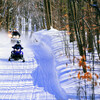
Why Ontario is One of the Best Snowmobile Destinations in the World
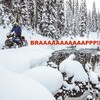
11 TikToks That Prove Ontario is the Best Place To Go Snowmobiling

5 Weekend Snowmobile Getaways Near the GTA
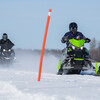
31 Ways To Get In The Know About Snowmobile Trail Riding in Ontario
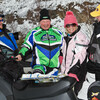
A Beginner's Guide to Snowmobile Lingo

Snowmobiling the NWOSTA Wilderness Loop in Northwestern Ontario
